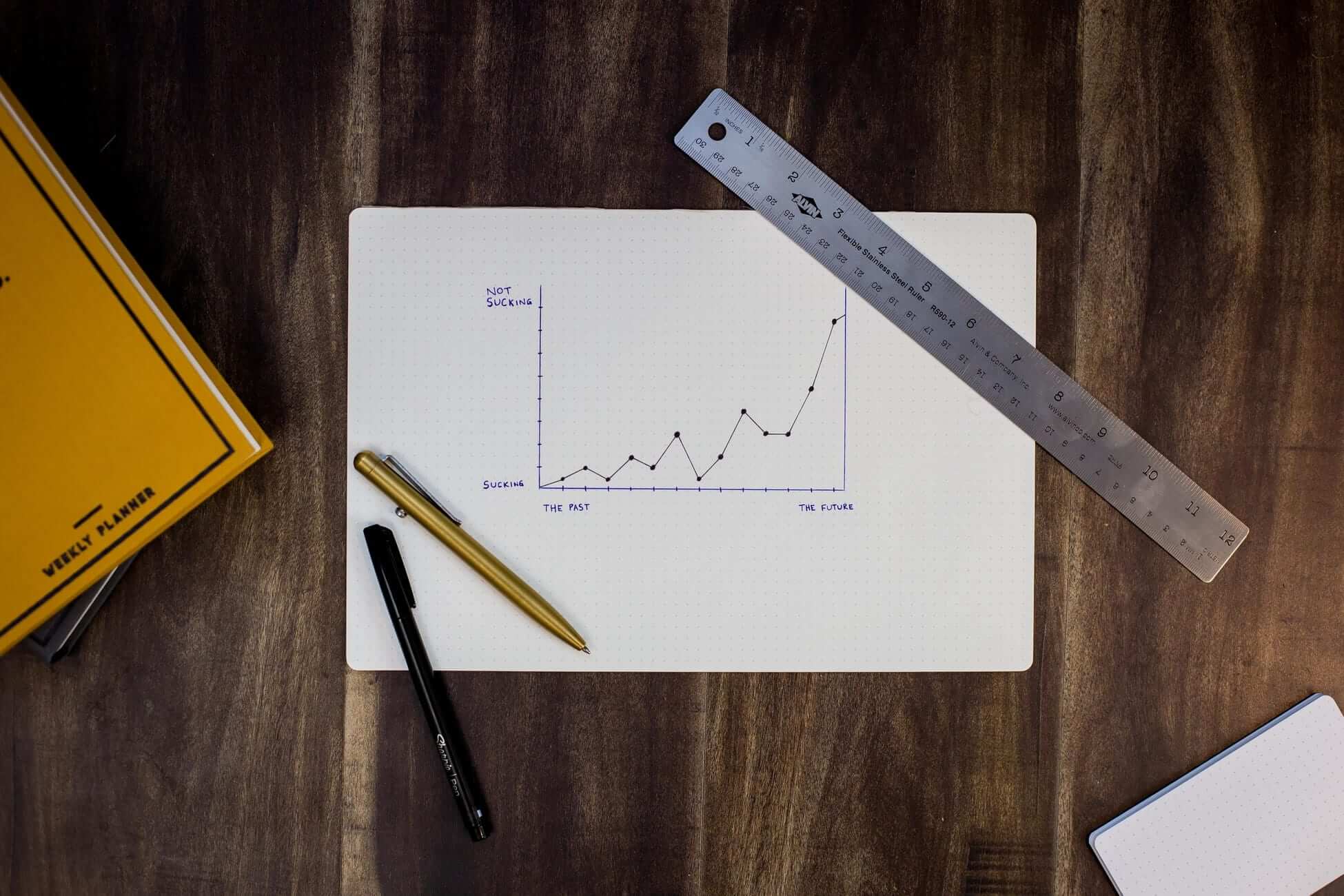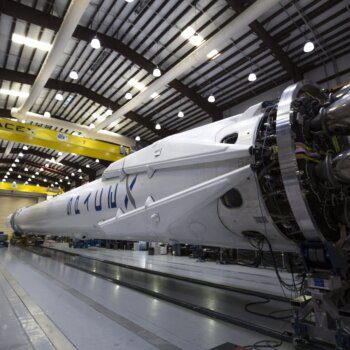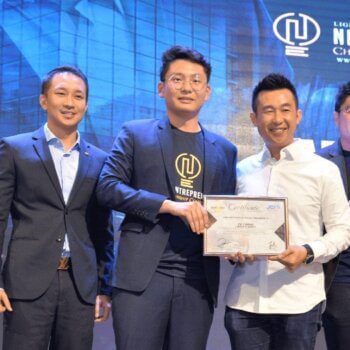SWOT-analysis is one of the easiest and most demonstrative ways to evaluate your business objectively, to check whether you are moving in the right direction or your development strategy needs adjustments. Many people face difficulties in coping with this type of task, so together with WritingCheap, we prepared an illustrated tutorial for you. For better understanding, we are going to use a small travel agency as a model.
What is SWOT-analysis?
SWOT-analysis of the organization will help to identify factors (external and internal) that affect the development of the company: facilitate or obstruct the development. The main task is to evaluate the prospects of different development options, to create an optimal strategy.
Internal factors are called the business’s indicators, and we assess the strengths and weaknesses.
External factors are conditions on the industry market that affect the company’s development but are not controlled by it. If the influence is positive, then it is opportunities, harmful — threats.
The main advantage of the SWOT-analysis of the company is its visibility.
First of all, we create such a table where we will introduce all factors. It includes the weaknesses and strengths, opportunities, and threats.
We will need to establish connections between the S, W, O, and T parameters. For this purpose, we are building a SWOT-analysis matrix of the organization.
|
| Strengths | Weaknesses |
| Opportunities | S-O (development strategies) | W-O (internal transformational changes) |
| Threats | S-T (potential advantages) | W-T (development limitations) |
We correlate the internal factors with the external ones, as shown in the table. Based on the obtained data, we generate variants of the development strategy, possibilities of internal optimization of work, and definitions of the advantages and limitations we may face.
As a result, we clearly see whether the company will have enough of its potential for effective development and withstand negative factors and threats.
Now, let’s examine in detail how SWOT-analysis works on the example of a travel agency.
It’s vital to remember that SWOT-analysis is not done for the sake of the analysis itself but to achieve some predetermined goals. All factors are determined with regard to the assigned task.
Now, let’s get back to our small traveling agency with a good reputation that is conducting a SWOT-analysis to find a way to enhance its sales.
Weak and Strong Points – Step 1
At this stage, it is important to consider the opinions not of the management or representatives of competing companies, but of people who decide to cooperate with you, i.e., customers, partners, and potential investors. You can at least brainstorm with your employees.
Take the following questions into consideration and analyze:
- The resource base, the use of technology (development or obsolescence).
- The professionalism, loyalty, and motivation of employees
- The efficiency of business processes
- Marketing
- Pricing
- Customer base
- Number and advantages of competitors
Here is a suggested list of questions to help you identify the strengths:
- What do clients rate best in your work?
- What do you do really well?
- What enables you to develop?
- What is at the core of your business — what are the benefits?
Questions to identify weaknesses:
- What are your customers dissatisfied with?
- What areas can you characterize as not strong enough?
- What prevents its development?
- What mistakes does your company make?
You can use such methods to identify the most important factors:
- Segment the pros and cons: by region, type of product, target audience, etc. If we talk about the company as a whole, the answers will be too shallow.
- Consider only those judgments that are supported by statistics and reports, feedback, and other real data.
- Use clear and straightforward statements.
Let’s get back to our travel agency. These are the characteristics of the SWOT-analysis of the company we have.
The pros:
- Clients like the dynamic approach — new directions are constantly opened.
- The company has a strong marketing department
- The company’s development is facilitated by additional services — assistance in the preparation of documents, visas, etc.
- Many loyal customers.
The cons:
- The niche of tourist services is full; there are many strong competitors in the market.
- The sales are seasonal, and there are ups and downs.
- The prime cost of the tours is higher than we’d like.
Outer threats and opportunities — Step 2
This list is going to include the following categories:
- Legal aspects and policies
- Economic impact: various market innovations, fluctuations in currency rates, etc.
- Social effects: changes in the definition of important values, changes in fashion, etc.
- Technological impact
- Ecological influence: modification of climatic conditions, weather changes, other environmental factors
To describe these factors, you should study legislative acts and legal documents in your professional sphere, industry-specific media, general thematic trends, and the mass media.
You have to answer the following questions (threats):
- What changes in the market may prevent you from achieving your goal?
- What changes do you need to be prepared for?
Here are the questions that help you identify opportunities:
- What kind of changes can help the company grow?
- How can you turn existing risks into opportunities?
Mind that you should take into account only those factors that have a direct impact on your industry.
To carry out the SWOT-analysis of the travel agency, we made these assumptions:
Opportunities:
- Increasing people’s purchasing power
- The growing popularity of tourism
- Promotion of a healthy lifestyle
Threats:
- The fall of the domestic currency
- Deteriorating relations between our country and those we organize tours to.
- Weather and climatic conditions in these countries and regions have worsened.
Now, as you have answers to all the questions, you have to fill in the table.
SWOT-Analysis Matrix — Step 3
SWOT-analysis is just a table with data. We establish relationships between internal and external elements and generate certain pairs. We determine how to use them for business benefits and what to change in the work of the company to compensate for the risks.
Development Strategy = S (strengths) + O (opportunities)
- A dynamic company + high demand for travel = opening new destinations and segments.
- The dynamism of the company + popularity of the healthy lifestyle = you can open new directions, for example, sports tours.
- A good image in terms of customers + increased purchasing power of the population; large customer base + increased purchasing power of people = you can reconsider pricing policy.
Internal changes = W (weaknesses) + O (opportunities)
- High competition in the market + popularization of tourism = large market players are likely to fail to meet all needs and close all segments.
- Seasonal sales + promotion of healthy lifestyle = development of new destinations for off-season periods.
Potential benefits = S (strengths) + T (threats)
- A powerful marketing department + emergence of more technologically advanced competitors
- Positive image from clients + emergence of more developed competitors = it is necessary to emphasize the reputation in advertising, that it is profitable, convenient, reliable to cooperate with us.
- “Dynamism” of the company + unexpected external situations (natural disasters, military operations, revolutions) = we open new directions to other countries.
- “Dynamism” of the company + decline in the domestic currency = clients will have less money for travel; you need to develop budget proposals.
- Additional services (visa opening, etc.) + unexpected situations = clients will have more confidence in the company’s offer, which takes care of all documentary nuances and safety.
Limitations of formation = W (Weaknesses) + T (Threats)
- The seasonal dependence on the number of tickets sold + unexpected situations = open destinations in calmer regions.
- The high prime cost of tours + growth in the number of technologically advanced competitor companies = it is necessary to find ways to reduce costs.
About the Author
This article was submitted by an author and published through our open-access platform.






























